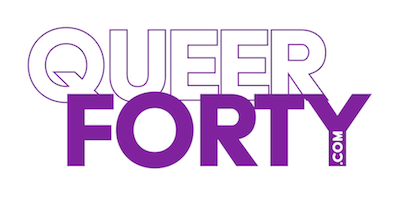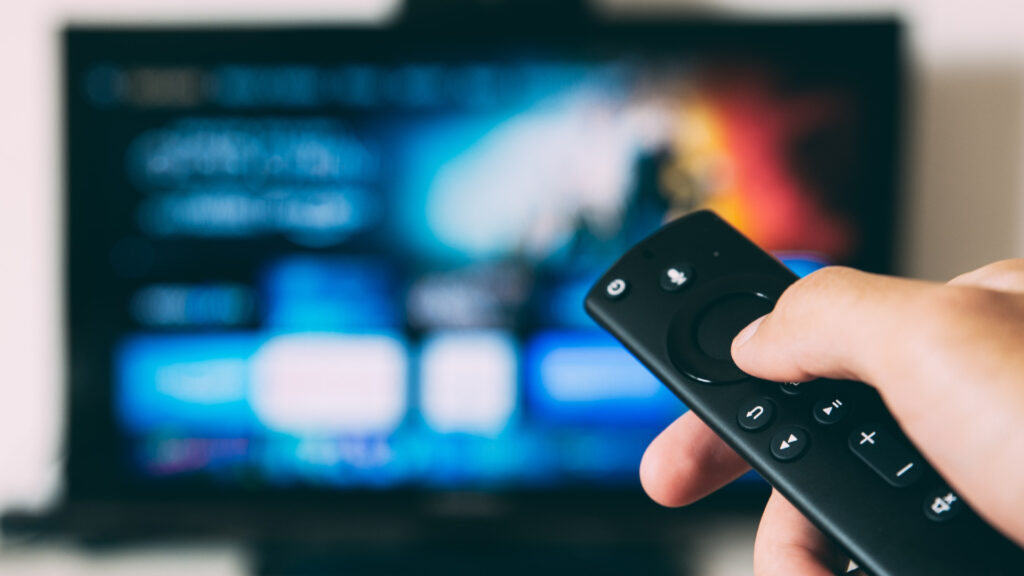GLAAD’s new report shows growing racial diversity amongst LGBTQ characters
GLAAD, the world’s largest lesbian, gay, bisexual, transgender and queer (LGBTQ) media advocacy organization, has announced the findings of its annual Where We Are on TV report.
Where We Are on TV assesses and analyzes the number of LGBTQ regular and recurring characters on scripted primetime broadcast, scripted primetime cable, and scripted series on the eight major streaming platforms which premiered or are expected to return between June 1, 2022, and May 31, 2023. This marks the 27th year that GLAAD has tracked the presence of LGBTQ characters on television, and the 18th edition of the Where We Are on TV report.
This year, GLAAD counted 596 regular and recurring LGBTQ characters across broadcast, cable and streaming. This is a decrease of 6.44 percent from the previous year’s 637 LGBTQ characters. GLAAD counted 141 LGBTQ characters on broadcast, 139 LGBTQ characters on cable, and 356 LGBTQ characters on the streaming services Apple TV+, Amazon Prime, Disney+, HBO Max, Hulu, Netflix, Peacock, and Paramount+.

The report noted that 24% of LGBTQ characters are on a series that has been canceled or in its final season as of the printing of this report. An additional 35 characters will not return due to a series being a miniseries or anthology format with a different cast each season or a character leaving the series.
“We have seen with shows like The Last of Us, Stranger Things, The Umbrella Academy, and more, that when networks and streamers put their full brand influence into LGBTQ-inclusive shows, our stories are successful critically and commercially,” said GLAAD President & CEO, Sarah Kate Ellis.
“As the media landscape continues to grow and change, it is imperative that these companies stand behind the excellent LGBTQ storytelling their creative teams are telling, so these series are able to more deeply explore the lives and stories of characters audiences have come to love. With attacks on the LGBTQ community in political and news spaces, Hollywood has more influence than ever and it’s critical the stories they invest in telling include fair and accurate depictions of LGBTQ people that reflect the humanity of our community.”
GLAAD continues to call for higher representation of LGBTQ people of color across television, to reflect the true demographics of the community. This year, racial diversity is up on cable and streaming among LGBTQ characters with at least 50 percent of LGBTQ characters on each platform being people of color.
For the past four years, over 50 percent of LGBTQ characters on broadcast have been people of color, but this year that number is down slightly to 48 percent. For the first time in this report’s history, streaming features a majority of LGBTQ people of color (53 percent of all LGBTQ characters across the platforms tracked). In total, 51 percent (304) of the 596 LGBTQ characters are people of color.
Of the 596 LGBTQ characters counted on broadcast, cable and streaming, 32 are transgender characters. This is a decrease of ten characters from last year. (It is worth noting that several trans-inclusive series will take an extended break between seasons and will return in future reports, but are not counted in this study’s research period.) Of those 32 transgender characters, 16 are trans women, 11 and trans men, and five are trans nonbinary characters.
“At a time when transgender Americans are facing a growing number of dangerous and discriminatory attacks in rhetoric and policy, Hollywood players who are real allies to our community have a responsibility and an opportunity to create stories that humanize trans people and educate viewers about being transgender,” Ellis continued.
GLAAD counted eight LGBTQ characters living with HIV in this report. Though that is an increase from last year’s study, none of these characters will return. Six characters were counted on anthology series American Horror Story: NYC, and the remaining two appeared on the canceled series The Midnight Club and Queer as Folk. GLAAD’s most recent State of HIV Stigma study found that only 31 percent of adults have seen stories about people with HIV in the media. With approximately 1.2 Million Americans living with HIV, GLAAD continues to call for diverse stories of people living with HIV.
Alongside the release of this report, GLAAD is partnering with LGBTQ+ news outlet Them for a special issue covering LGBTQ+ storytelling on TV. This GLAAD x Them collaboration includes a cover story on out Yellowjackets and Scream VI star Jasmin Savoy Brown, an in-depth report on GLAAD’s Where We Are on TV findings and larger industry trends, a deep dive into LGBTQ+ inclusion in kids and family programming, a roundtable with queer writers discussing how to move beyond tropes and more. Find the full package at https://www.them.us/queertv
“It’s exciting to see significant progress made in racial diversity of LGBTQ characters as well as growth in storytelling for kids and families,” said Megan Townsend, GLAAD’s Senior Director of Entertainment Research & Analysis. “However, we still find that LGBTQ inclusion is not evenly prioritized across all networks or platforms, as the top three inclusive cable networks represent nearly half of LGBTQ programming on the platform and more than half of LGBTQ characters on streaming are on just one service.”
Townsend adds: “While newer streamers continue to build their programming and networks are looking to connect with audiences who are faced with more and more choices, it’s clear that well-crafted LGBTQ-inclusive series with full support behind them at all levels can break through a crowded landscape and become “must-watch” successful shows for critics and audiences alike, such as Yellowjackets, Hacks, The Umbrella Academy, The Last of Us, and more have proven. We hope to see more networks and streamers follow these examples by investing in and proactively marketing nuanced, diverse LGBTQ stories.”

Additional findings and context
- Bisexual+ characters make up only 25 percent (149 characters) of the 596 LGBTQ characters counted this year. This is a decrease from last year’s 29 percent, and far below the actual population of bisexual+ people who are 58 percent of the LGBTQ community per Gallup. This group includes 104 bi+ women, 39 bi+ men, and six bi+ nonbinary characters.
- More characters are LGBTQ women than LGBTQ men across all platforms, with LGBTQ women making up 52 percent (310 characters) of the 596 LGBTQ characters counted.
- There were eight asexual characters counted in this report, an increase from last year’s two. Those characters appear on Chucky, Big Mouth, Heartbreak High, The Imperfects, and The Umbrella Academy.
- Of the 596 LGBTQ characters on all three platforms, 27 (4.5 percent) have a disability.
GLAAD uses the findings of the Where We Are on TV report to create change within the television industry, using it as a tool to advocate for greater diversity of representation of LGBTQ characters on television.
Read the full report here: https://www.glaad.org/whereweareontv.
About GLAAD:
GLAAD rewrites the script for LGBTQ acceptance. As a dynamic media force, GLAAD tackles tough issues to shape the narrative and provoke dialogue that leads to cultural change. GLAAD protects all that has been accomplished and creates a world where everyone can live the life they love. For more information, please visit www.glaad.org or connect with GLAAD on Facebook and Twitter.
— SOURCE: GLAAD






